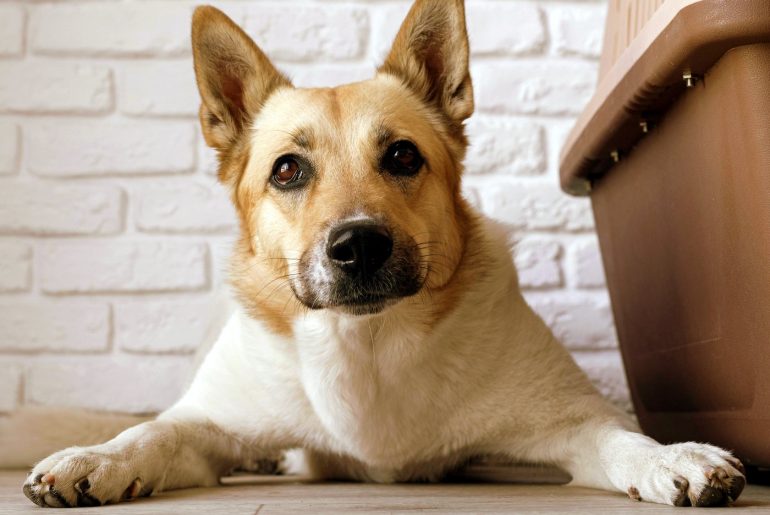The process of moving, no matter the distance, is stressful for everyone — including your pets.
Here are 41 tips to help minimize the stress while you get your dog, cat or other pet from point A to point B — and anywhere you need to stop in between — safely.
“How to safely move pets is a question we are asked over and over again,” said Jerry Funaro, vice president of global marketing for TRC Global Mobility, a firm based in Milwaukee, Wisconsin. “Pets are members of the family, and their safety and health is a critical part of a successful relocation.”
As the Humane Society of the United States reminds us, pets are sensitive by nature: If you’re stressed, so are they. Relocating pets from the safe confines of your home takes understanding, care, and an investment of time that starts long before moving day.
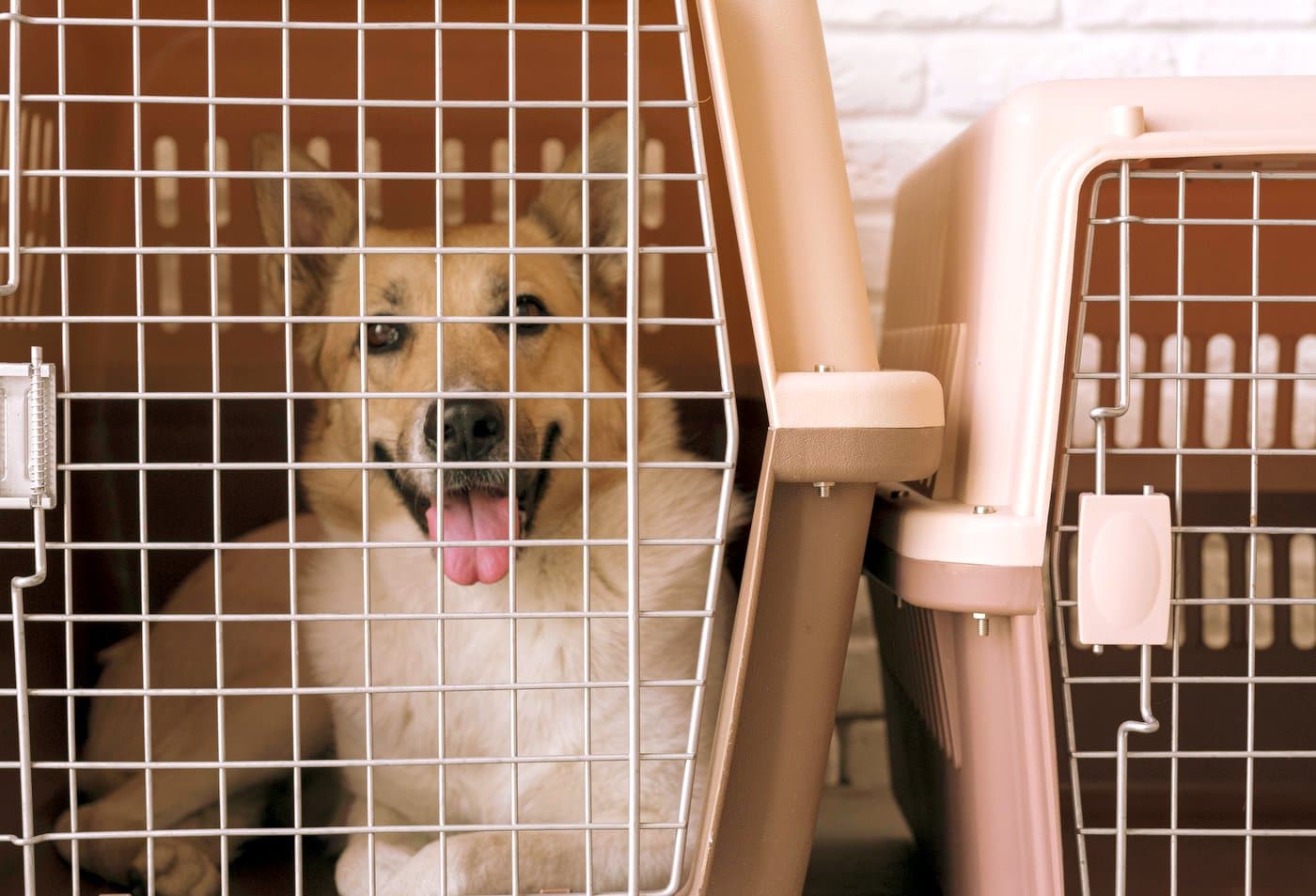
Moving with pets: Before the move
1) Acclimate to the crate: If your pet will be crated for the move, buy the crate as soon as you know you are moving, and then gradually acclimate your pet to the crate at least a month before departure.
You can start by placing food inside the crate’s open door. The next step would be to close the crate’s door and let him eat inside.
If your pet is small, carry him or her around in the crate to get him used to the movement. Place an old blanket or pillow and a soft toy for the pet to call its own, and do not replace the blanket and/or toy when it is time to leave — it is important to surround your pet with familiar things during the trip.
2) Go slow: If possible, pack gradually, so your pet will get accustomed to change. Choose one room in your house with a door, and fill it with items your pet loves.
On moving day, keep your pet in this room, and stop by from time to time to give your pet a friendly pat. This should be the last room the movers pack up.
Alternately, you could put your pet in his crate in a secluded area of the backyard, free from the clutter and noise. But again, visit often to let your pet know you are around. Or, you could board your pet while the move is taking place.
3) Take some trial runs: If your dog or cat is not used to traveling by car, make short trips with it a week or two in advance. Cats are often frightened by car travel, but they usually adjust quickly.
4) Get glammed up: Moving week, have your pet groomed. Funaro recalls one transferee who scheduled a day of grooming for the family dog on moving day. “It was the perfect solution,” he says. “The dog missed all the chaos of moving day, and when the family picked him up, he was sweet-smelling, his nails were clipped, and he was ready for the trip.”
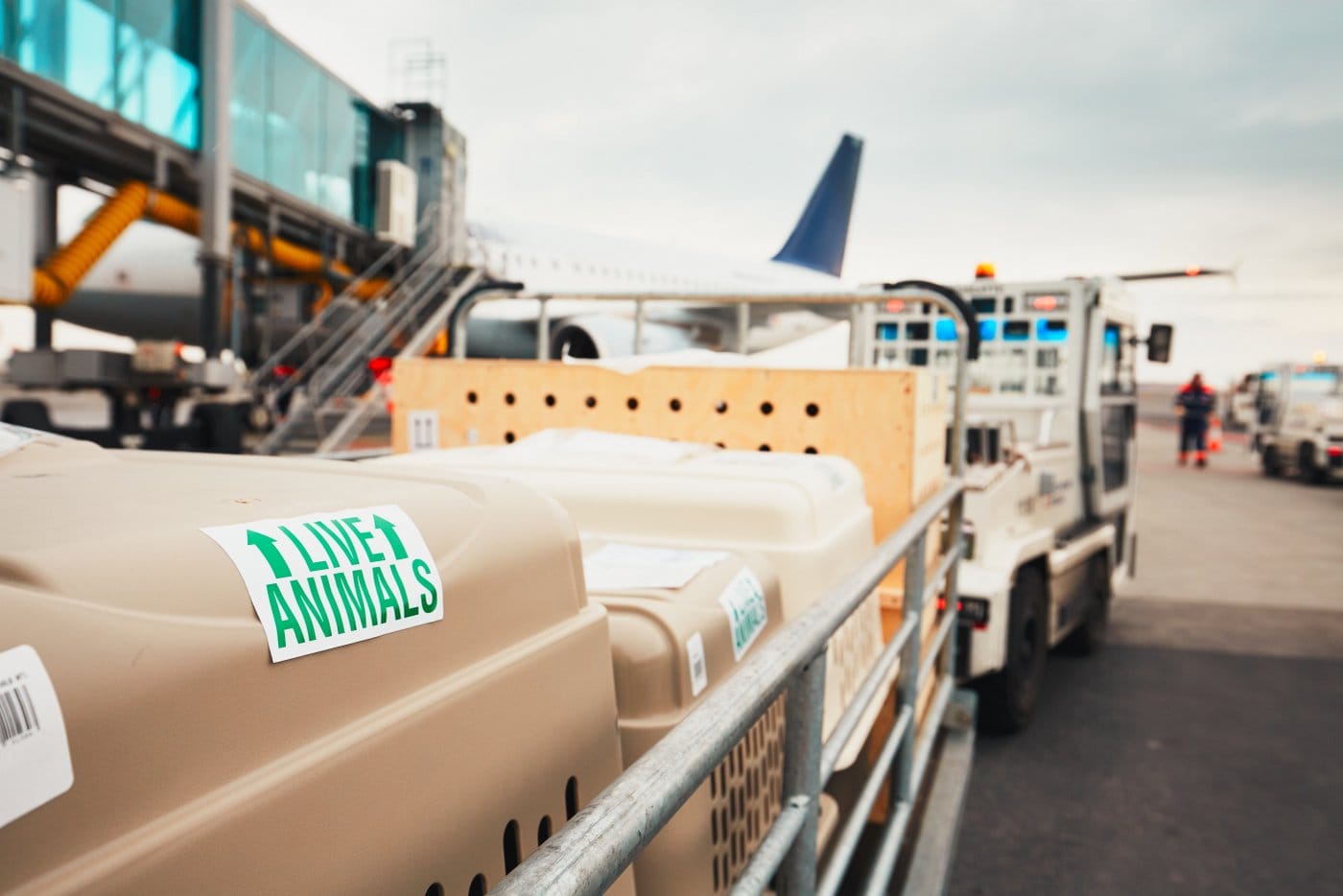
5) Ask your veterinarian for your pet’s records: If you have already contacted a new vet, have the pet’s records sent directly to that office. Depending on your destination, your pet may need additional vaccinations, medications or health certificates.
Keep these medical records with your other important paperwork so that they are readily available whenever necessary — don’t pack these papers with your furniture. Many pet-friendly hotels and parks may require proof of vaccination upon arrival, so carry current health and rabies certificates and a recent photo.
6) Update info: Update your pet’s tag or microchip with your name, new address and your mobile phone number — all of which is important information in case of an emergency.
7) Rx check: If your pet takes daily medication or eats specific foods, bring along an extra supply. In addition, get written prescriptions for any medications that can be filled at your destination.
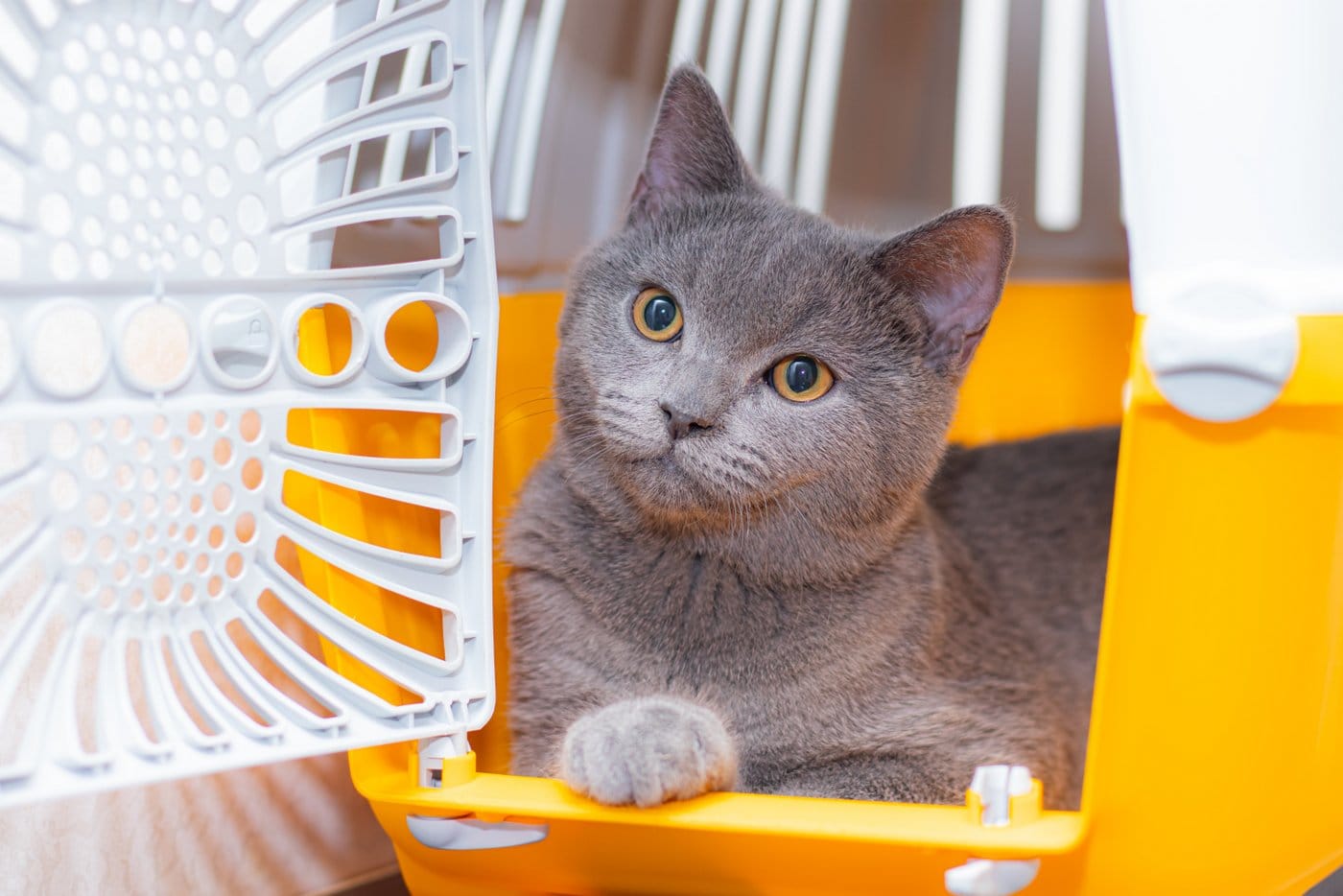
8) Pet pack: Pack a bag for your pet, filled with fresh food, treats, water, two bowls (including a spill-proof water bowl), toys and a leash. Include in the luggage that accompanies you on your trip enough pet food and treats for several days, because it may be several days before you can purchase more pet food.
For dogs, the ASPCA recommends bringing along some long-lasting edible chews and durable chew toys, too. Hollow toys you can stuff with food are ideal for quiet time in the car, campsite or hotel.
9) Not all pets are furry: Fish and reptiles, for instance, pose their own set of moving concerns, as do birds. If you are not making the move in one day, professional animal moving firms offer overnight shipping.
10) Don’t eat right before leaving: To avoid your pet becoming ill, feed him or her at least four to six hours prior to departure. Also make sure to give water to your pet prior to departure; do not leave an unsecured bowl in the crate, because the water may spill onto the pet.
11) Give lots of love: Just before leaving on your trip, spend time with your pet prior to putting it into the crate, so that it feels assured that everything will be okay — but do not overdo it, or the pet will feel something is “wrong.”
12) One last go: For the journey trip ahead — whether by car or plane — make sure that your pet has had plenty of occasions to relieve itself before going into the crate.
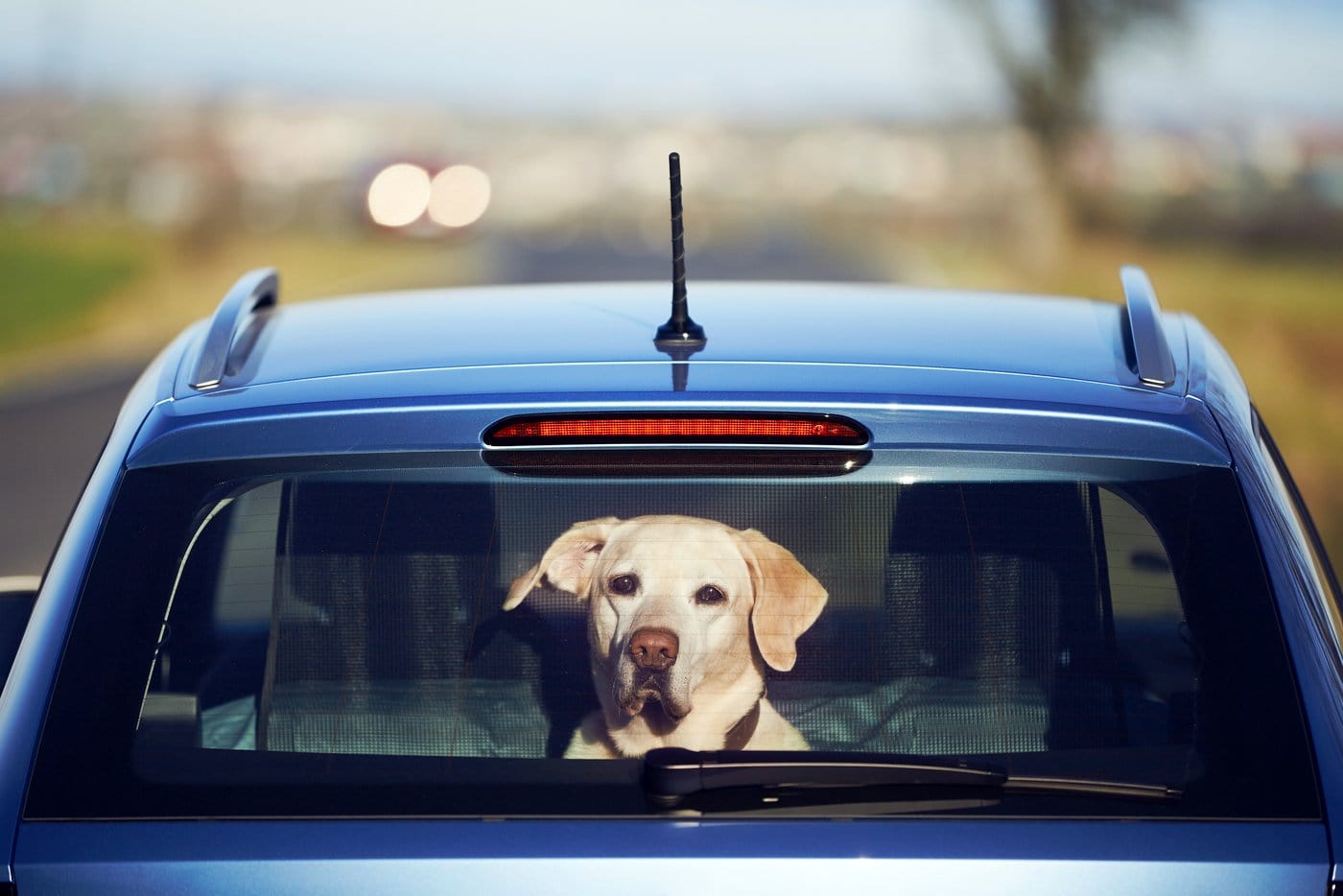
Moving with pets: On the road
13) Sit back and relax: In the car, your pets should be in their crates, or at the very least, a restraining device.
14) A leash for your love: A leash is mandatory for every stop you make — and knowing who is responsible for the dog while on the leash is important too. Having an adult oversee the pet when making stops is highly recommended.
15) Plan to make a few stops along the drive: Every two hours is a good rule of thumb for both you and your pet. This will allow your fur-friend to get a drink, stretch their legs and take a restroom break (remember your pet is very excited about the change in scenery and may need to potty more frequently).
16) No doggie in the window: Dogs should be taught to lie quietly, and avoid letting your dog hang his or her head out the window — road debris and flying objects become deadly weapons at 55 MPH.
Also avoid putting your pet in a trailer or camper or allowing them to ride in the bed of a truck, as this can be very dangerous for your pooch — and is illegal in some states.
ALSO SEE: Roving with Rover? Keep your dog safe in the car
17) Don’t sedate: The ASPCA advises pet parents not to use sedatives, because they interfere with balance and can hamper breathing. If you are sedating your pet, however, keep a log of each dose. Moving day can be stressful, and trying to remember when you gave your pet his last dose of medicine will add to the hassle.
18) Not all moves are done in one day: If you are on the road, call pet-friendly hotels along your route and verify individual pet policies. Many pet-friendly hotels have limited rooms available, so it’s wise to make reservations in advance.
19) Do a health check every day you’re away from home, says the American Veterinary Medical Association. Look for runny nose and eyes, scratching or biting, lumps, limping or loss of appetite. Check any concerns with a local veterinarian.
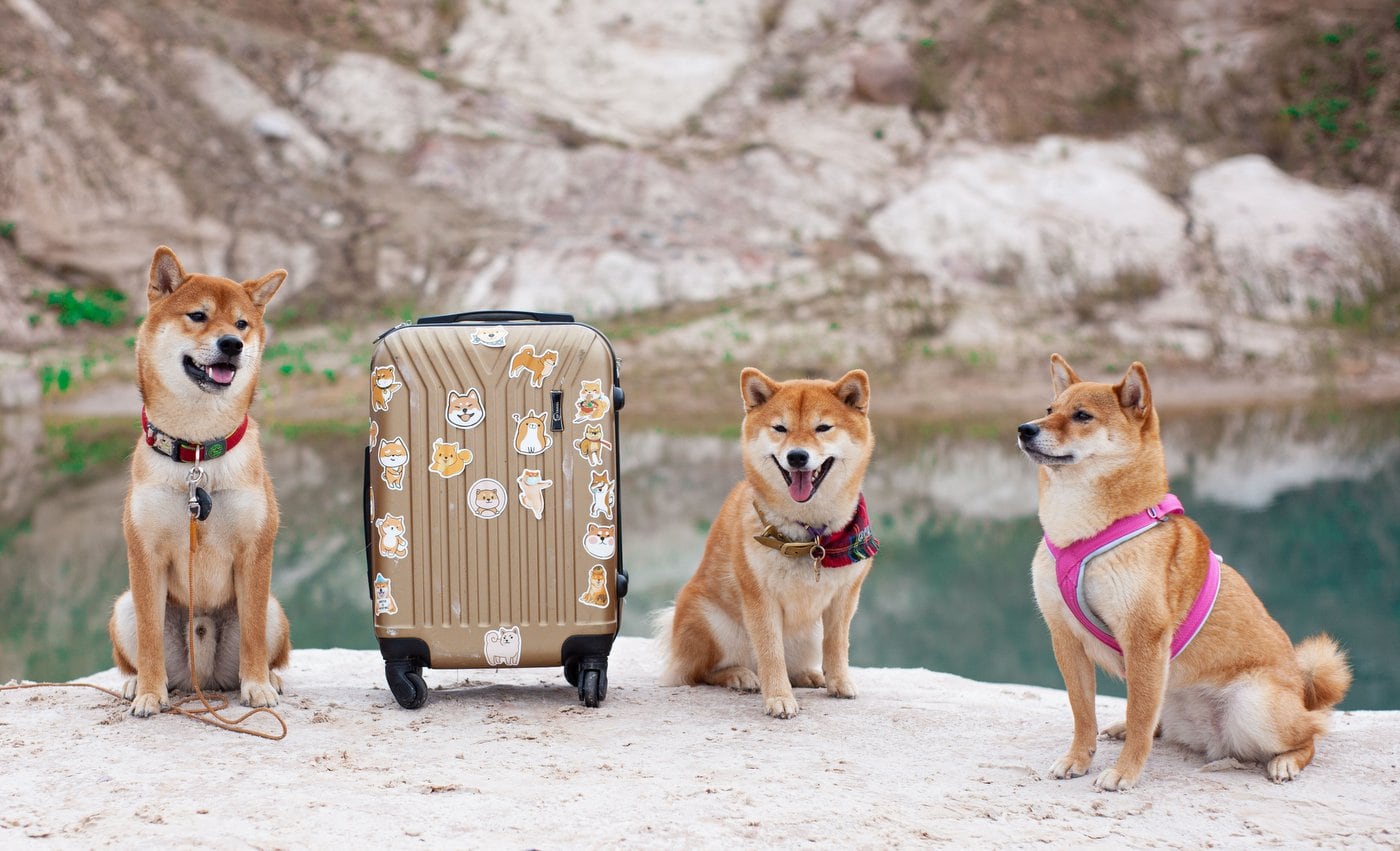
Moving with pets: If you’re flying
20) Do you really want to fly? The ASPCA urges pet owners to think twice about flying their pets on commercial airlines, especially if you plan on checking them in as cargo. Unless your animal is small enough to fit under your seat and you can bring him or her in the cabin, they recommend pet owners to not fly their animal.
21) Consider the professionals: If possible, use a certified pet carrier service to relocate your pet to ensure that the pet’s travel (especially international) will go smoothly. These companies are also the best sources for answers to your pet-transport questions.
22) Ask the airline: If traveling by air, check the airline requirements so you can take the steps needed to keep your pet safe. Some airlines allow pets in the cabin, depending on the animal’s size. Your vet knows your pet, and can offer suggestions on how to make the trip less stressful.
23) Blackout dates: When planning the trip, avoid traveling during holidays or weekends and making stopovers. Many airlines have blackout times (especially during the summer months) when pets cannot travel. Make sure to ask when those heat embargo restriction times are, and whether your pet might be bumped from a flight for any reason.
24) Coordinate schedules: If traveling on a commercial airline, make sure that the flight is either nonstop or direct (no change of planes) and that you or an adult member of your family will be on the same flight. Reconfirm your flights 24 to 48 hours before departure to be sure that the pet can be transported on the flight, as scheduled.
25) Which dogs are good fliers? For dogs, the breed, size and age are key factors. Certain breeds are more prone to severe respiratory difficulties in an airplane’s poorly ventilated cargo areas. It is recommended that these pets fly in the passenger cabin if their size permits. Also, puppies must be at least eight weeks old, and weaned at least five days before air travel.
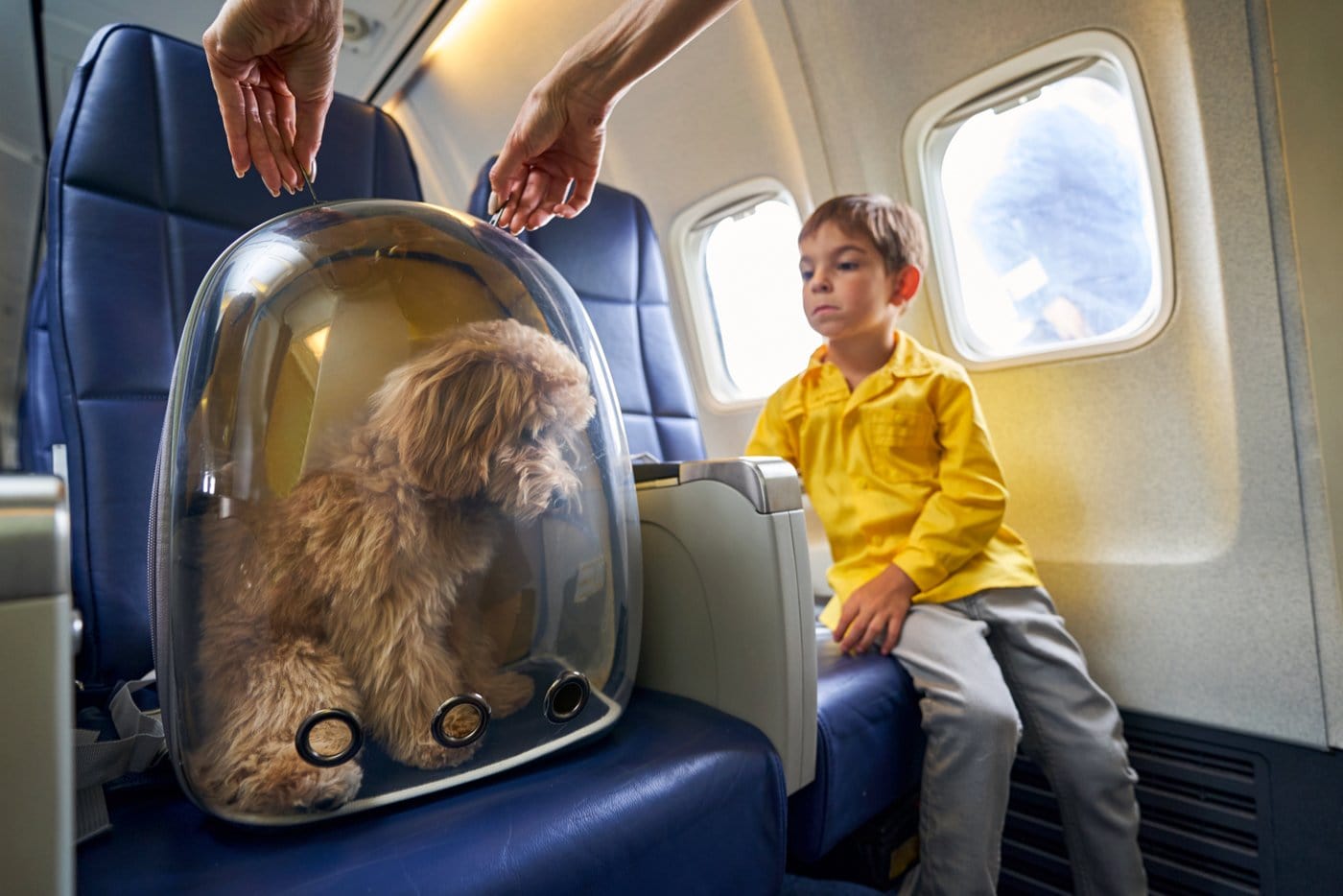
26) Kitty safety: Cats are also susceptible to severe respiratory difficulties and should fly in the passenger cabin if permitted. You’ll also want to trim your feline’s nails to avoid them getting hung up on the crate, making for a long and uncomfortable flight.
27) Crate right: Purchase a USDA-approved shipping crate that is large enough for your pet to stand, sit and turn around in comfortably. Shipping crates can be purchased from many pet supply stores and airlines.
28) Label: Write the words “Live Animal” in letters at least one inch tall on top of and at least one side of the crate, and use arrows to prominently indicate the upright position of the crate.
On the top of the crate, write the name, address and telephone number of your pet’s destination point, and whether you will be accompanying him or if someone else is picking him up. Make sure to put your pet’s name, age, and gender on the crate, as well as the names and phone numbers for the veterinarians in both the new and old locations.
In addition, include your name, address, and telephone number (or those of someone who can be reached at all times). A picture of your pet with family members is helpful, both to help with identification, and so that airline personnel will know that this is a much-loved family pet.
29) More for the crate: Make sure that the door is securely closed, but not locked, so that airline personnel can open it in case of an emergency. Line the crate bottom with some type of bedding — shredded paper or towels — to absorb accidents.
The night before you leave, make sure you’ve frozen a small dish or tray of water for your pet. This way, it can’t spill during loading, and will melt by the time he’s thirsty. Place dry food and treats in a resealable bag and securely tape it to the outside of the crate, in case the plane is delayed and your pet needs to be fed.
30) Collar carefully: Do not use a choker collar — put on a cotton, nylon, or leather collar that can be removed easily if necessary. Never put a leash inside the crate, however, as your pet could get tangled in it.
31) Not too hot, not too cold: Animals do not usually have problems with temperatures while in flight, but will suffer if the crate is left on extremely hot or freezing tarmac. Notify airline personnel that your pet is in the cargo area, and ask them to be sure to check on him or her periodically.
32) Long days: Should your flight be longer than 8 hours, consult with the airline about having a live animal on board the plane.
33) Get there early: If your pet is accompanying you, arrive at the terminal 45 minutes before normal check-in time.
34) If shipping your pet, get to the freight terminal two hours in advance of the flight. Be certain that names, addresses and telephone numbers of persons responsible for the pet at origin and destination are clearly marked on the container and on the pet’s identification tag.
Once your pet has been dropped off, notify the person receiving the pet that is on the way. Give them the flight and waybill number. Pets can usually be picked up within 90 minutes of flight arrival.
Moving with pets: At your new home
35) Food and water first: Once your pet is in the new location, the very first thing to do is to make sure that it gets food and water. Place the bowls several feet from each other, though, so that the pet doesn’t gulp down the water too fast.
At first, give your pet small amounts of food. This will prevent it from becoming ill after all the excitement of being reunited.
36) Consider boarding: If your pet doesn’t need to be quarantined, consider boarding him or her for a day or two until you are settled in.
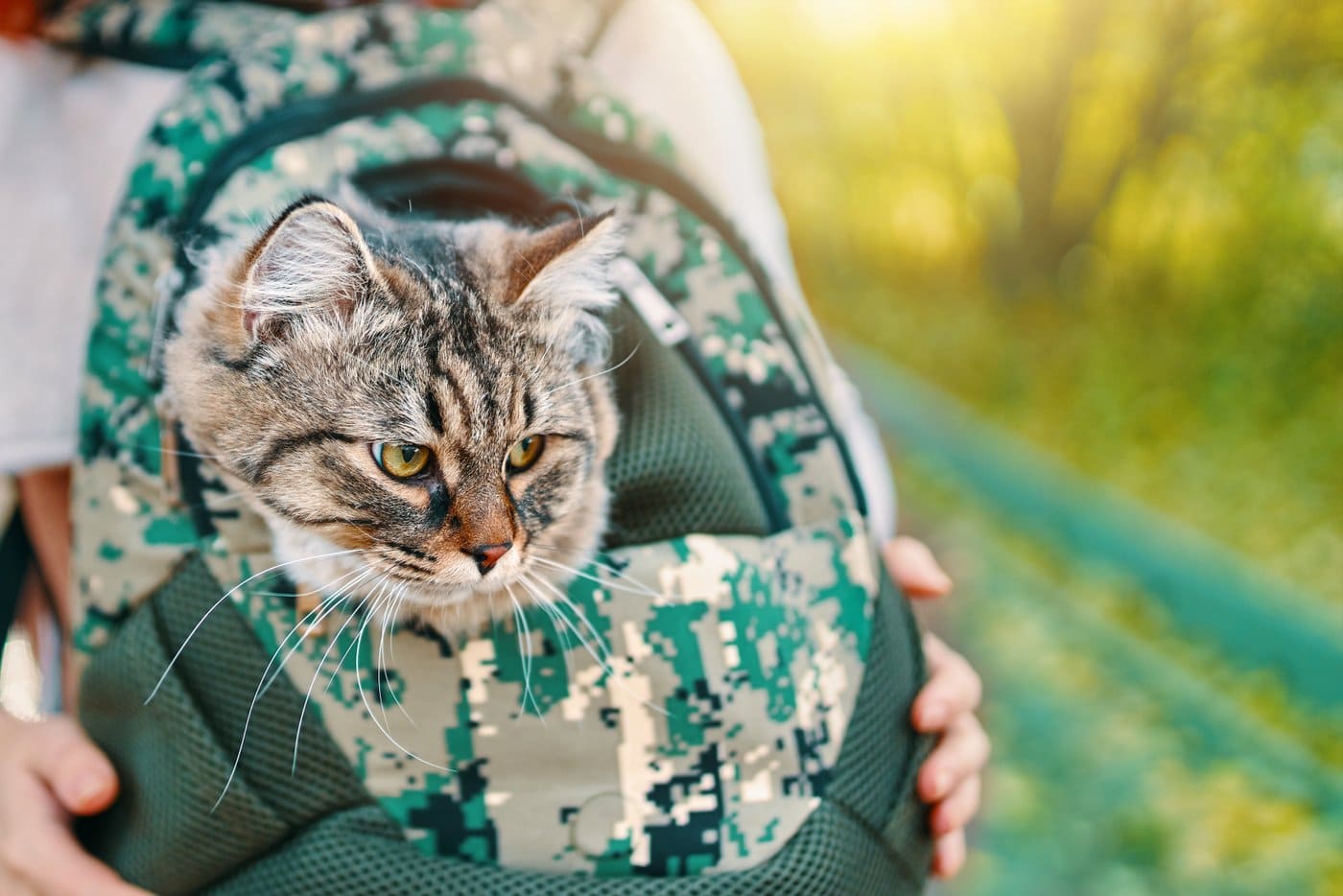
37) A quiet place: Once you are in the new location, keep your pet in its crate, in a quiet place of the home, during the unpacking. A new home might overwhelm your pet, so introduce him gradually to his new surroundings.
Place the pet’s bed or litter box in one room – preferably one that is similar to the one in your old home – include some toys, and let the pet get comfortable there. Then gradually begin to introduce your pet to the rest of the home, room by room. This will also stop your pet from escaping through doors and windows left open by the movers.
38) Keep your pet’s activities constant. If they eat twice a day, be sure to follow this on the trip to your new home and in the new environment. Same goes for walks.
39) A safe yard: Carefully inspect your new yard to be sure gates are closed, and that there are no chemicals or harmful articles present. Keep outdoor cats indoors for a few nights until they get used to their new surroundings. Gradually let them spend more time outside.
40) Marking: Your cat or dog may want to urinate in the new home to mark its “territory.” Keep a watchful eye on your cats and dogs for several days to prevent this from happening.
41) Love in the new home: Once your pet is home, be sure to spend time with him or her. They’ve earned it, and it’s also important that your pet feels comfortable with your new home before them the freedom to roam the house or walk off the leash.

